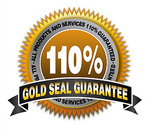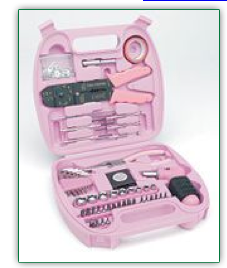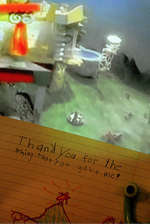5 Keys to a Rock Solid Guarantee
March 27, 2007
 If you’ve been following our very insightful conversation about whether or not you should offer a guarantee to your clients/customers, you might have decided it’s for you.
If you’ve been following our very insightful conversation about whether or not you should offer a guarantee to your clients/customers, you might have decided it’s for you.
If so — here are 5 keys to a rock solid guarantee:
Only promise what you can deliver. In the comments section David Reich tells the story of a client who wanted him to promise a Business Week cover. He wisely and ethically refused.
Be straightforward. A guarantee that requires 3 paragraphs of disclaimers is going to be viewed accurately. You don’t really intend to ever honor it.
No legalese. Use plain old English.
Prep your staff. Make it very clear how you’d like your team to respond if a customer invokes the guarantee. Give them the tools, the procedure and the permission to honor your promise.
No questions, no hesitation, no excuses. Just do as you promised. Apologize. And ask for another chance.
No one pleases their clients 100% of the time. Why not give your customers a way to express their discontent (better to tell you than 20 of their friends) and give you a chance to make it right?
More
![Reblog this post [with Zemanta]](http://img.zemanta.com/reblog_e.png?x-id=d2fe0e24-19b6-4757-97d4-ece7dd386de1)

![Reblog this post [with Zemanta]](http://img.zemanta.com/reblog_e.png?x-id=e1cec7da-3b53-45ac-ad17-dfcc423488bf)

![Reblog this post [with Zemanta]](http://img.zemanta.com/reblog_e.png?x-id=3a468827-73f0-4538-b0cd-a3ac9c0869e5)

![Reblog this post [with Zemanta]](http://img.zemanta.com/reblog_e.png?x-id=2b42aee8-e06f-4879-ae71-a27ae2c81714)

![Reblog this post [with Zemanta]](http://img.zemanta.com/reblog_e.png?x-id=57653494-d6fb-4693-9e28-e328834af7c1)


![Reblog this post [with Zemanta]](http://img.zemanta.com/reblog_e.png?x-id=4cb9fe25-0e76-4447-a44e-a3689cf6eef9)

![Reblog this post [with Zemanta]](http://img.zemanta.com/reblog_e.png?x-id=afcfa06f-bc55-4ded-a05f-a4abca1fb6a9)

![Reblog this post [with Zemanta]](http://img.zemanta.com/reblog_e.png?x-id=4588f11b-c8fe-4b2e-89f6-b801ed259e7d)

![Reblog this post [with Zemanta]](http://img.zemanta.com/reblog_e.png?x-id=085fb366-710d-4c93-84b9-b3b35be7e949)

![Reblog this post [with Zemanta]](http://img.zemanta.com/reblog_e.png?x-id=1420a8c7-0a38-403d-aa65-99b8a6e172f2)